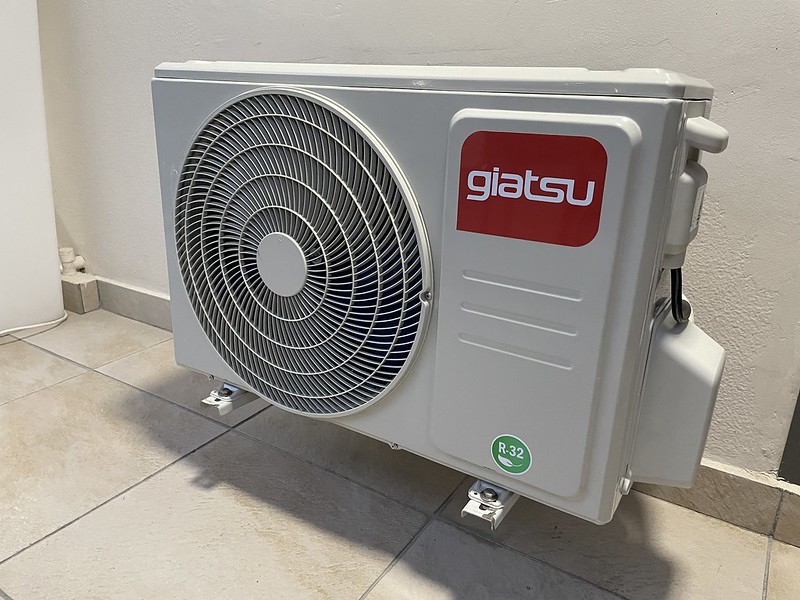Short cycling in a mini-split system can lead to various issues, including decreased lifespan, efficiency, and higher utility costs. This comprehensive guide will delve into the technical details of short cycling, its causes, and how to address it effectively.
Understanding Short Cycling in Mini-Split Systems
Short cycling refers to the rapid and repetitive on-and-off transition of a mini-split system, preventing it from completing full heating or cooling cycles. This can have several consequences, including:
- Decreased Lifespan: The constant starting and stopping of the compressor and other components can put significant stress on the system, leading to premature wear and tear.
- Decreased Efficiency: Short cycling reduces the overall efficiency of the mini-split system, as it consumes more energy during the startup phase compared to a complete cycle.
- Higher Utility Costs: The decreased efficiency caused by short cycling can result in higher energy consumption and, consequently, higher utility bills for the homeowner.
Causes of Short Cycling in Mini-Split Systems
There are several potential causes for short cycling in mini-split systems, including:
- Refrigerant Charge Issues:
- A lack of refrigerant can cause the mini-split to struggle to maintain the desired temperature, leading to short cycling.
- Overcharging the system with refrigerant can also cause short cycling, as the compressor may not be able to handle the excess refrigerant.
- Thermostat Malfunctions:
- A faulty thermostat that misreads temperatures and triggers the mini-split at odd intervals can cause short cycling.
- Improper thermostat placement, such as near a heat source or in a drafty area, can also lead to short cycling.
- System Sizing:
- If the mini-split system is too large for the home’s heating and cooling needs, it may short cycle as it struggles to maintain the desired temperature.
- Conversely, an undersized mini-split system may also short cycle as it tries to keep up with the heating or cooling demands.
Diagnosing Short Cycling in Mini-Split Systems
To determine if a mini-split is short cycling, homeowners should pay attention to the cadence of the unit. Signs of short cycling include:
- The mini-split system turning on and off in rapid succession, with each cycle lasting only a few seconds or minutes.
- The indoor unit’s fan and compressor starting and stopping frequently, without completing a full heating or cooling cycle.
- Inconsistent or fluctuating temperatures in the home, as the mini-split struggles to maintain the desired comfort level.
If short cycling is suspected, it is crucial to call a ductless HVAC professional to diagnose the problem and prevent further damage to the system.
Addressing Short Cycling in Mini-Split Systems
To address short cycling in a mini-split system, homeowners or HVAC technicians may need to take the following steps:
- Refrigerant Charge Inspection and Adjustment:
- Verify the refrigerant charge by checking the system’s subcooling and superheat values.
- If the refrigerant charge is low, the system will need to be recharged by a licensed HVAC technician.
- If the refrigerant charge is too high, the excess refrigerant will need to be removed.
- Thermostat Inspection and Replacement:
- Ensure the thermostat is properly calibrated and placed in an optimal location, away from direct heat sources or drafts.
- If the thermostat is malfunctioning, it will need to be replaced by a professional.
- System Sizing Evaluation:
- Determine if the mini-split system is properly sized for the home’s heating and cooling needs.
- If the system is too large, it may need to be replaced with a correctly sized unit.
- If the system is too small, it may need to be upgraded to a larger capacity model.
By addressing the root causes of short cycling, homeowners can improve the efficiency, lifespan, and overall performance of their mini-split systems.
Preventive Maintenance for Mini-Split Systems
Regular maintenance and inspections can help prevent short cycling and other issues in mini-split systems. Homeowners should consider the following preventive measures:
- Periodic Refrigerant Charge Checks: Have a licensed HVAC technician check the refrigerant charge and top it up if necessary.
- Thermostat Calibration and Placement: Ensure the thermostat is properly calibrated and placed in an optimal location.
- System Cleaning and Inspection: Regularly clean the indoor and outdoor units, and have a professional inspect the system for any issues.
- Timely Filter Replacements: Replace the air filters as recommended by the manufacturer to maintain optimal airflow and system performance.
By following these preventive maintenance practices, homeowners can help extend the lifespan of their mini-split systems and minimize the risk of short cycling.
Conclusion
Short cycling in mini-split systems is a common issue that can lead to decreased efficiency, higher utility costs, and a shortened system lifespan. By understanding the causes of short cycling, properly diagnosing the problem, and taking the necessary steps to address it, homeowners can ensure their mini-split systems operate at peak performance and efficiency.
Remember, if you suspect short cycling in your mini-split system, it is always best to consult with a licensed HVAC professional to ensure the issue is properly identified and resolved.

